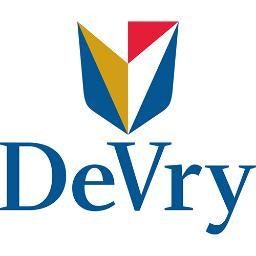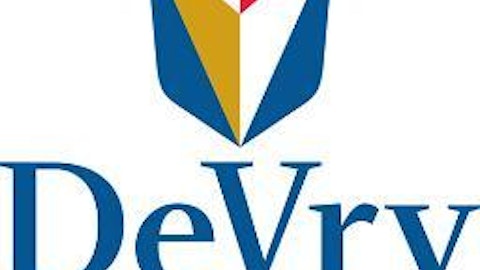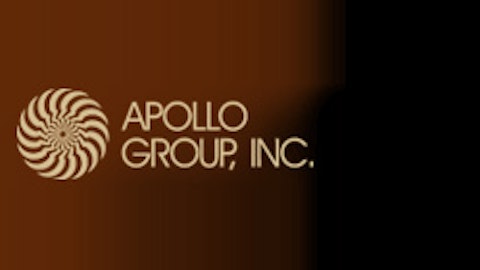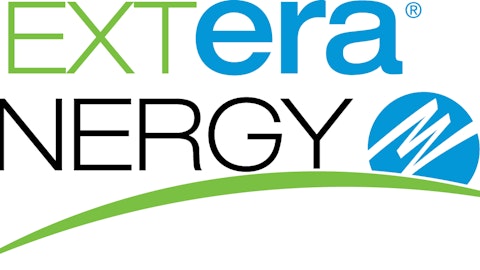It’s difficult to identify turning points for an industry and say: “That’s when everything started to change.” But if forced to, I would have to say that August 2010 was when the gravy train that for-profit education had become came to an end. On Aug. 4 of that year, the Government Accountability Office came out with a report entitled: “For-Profit Colleges: Undercover Testing Finds Colleges Encouraged Fraud and Engaged in Deceptive and Questionable Marketing Practices.”

These discoveries were enormously damaging to the industry. For-profit schools get the vast majority of their tuition money not from students, but from the federal government — through Title IV funding. So when the Obama administration started to discover the depth of these deceptive practices, for-profit schools were on the clock.
As I discussed on Monday, new student enrollment at many of the country’s largest for-profit institutions has nose-dived since the GAO report came out. But with millions of students still enrolling in for-profit programs, it remains vitally important to examine the state of the industry.
Are there any safeguards?
Currently, there are three major rules set forth to ensure that schools actually do well by their students, their community, and by us taxpayers — since we’re usually the ones footing the bill.
- The 90/10 rule: Currently, schools are not allowed to derive more than 90% of their funding from Title IV funds. Many schools currently teeter dangerously close to that benchmark, though they actually have complete control over this variable based on whom they admit. In the past, Congress has discussed changing the rule to 85/15, as well as counting GI bill funds toward this percentage. Either move would cause considerable changes for for-profit schools.
- Student-loan default rates: This is a variable that officials for schools have far less control over. The government requires schools to report how many of their former students have defaulted on loans three years after leaving school. If any school has 30% of their students defaulting for three consecutive years, it runs the risk of losing Title IV funding. As I showed on Wednesday, many schools currently hover in the 20% range.
- Gainful employment: Because a federal court struck down a part of this law, the Department of Education has been unable to enforce the gainful employment rule. As originally constructed, the rule would make sure that students didn’t use more than 12% of their income, or 30% of their discretionary budget, on student loans. Furthermore, at least 35% of students had to actively be paying down their loans. Had the rules stayed in place, many schools would have been in violation of at least one provision.
How do the biggest players stack up?
Over the past week, I’ve looked into six of the industry’s bigger players to see how they are faring with these rules. You can dig deeper by clicking on the links above, but my summarized findings are below for DeVry Inc. (NYSE:DV), American Public Education, Inc. (NASDAQ:APEI), ITT Educational Services, Inc. (NYSE:ESI), Apollo Group Inc (NASDAQ:APOL), Corinthian Colleges Inc (NASDAQ:COCO), and Bridgepoint Education Inc (NYSE:BPI). Let me be clear: The ratings are my own invention, based solely on my opinion of how well the companies meet each test.

Source: Author ratings based on information from SEC filings and Department of Education.
I won’t blame you if you think I made a mistake by labeling American Public as a bad investment. By all metrics, the school looks to be very healthy. However, a little context is needed.
Historically, American Public has focused exclusively on catering to active or retired military personnel. Not only did this usually mean higher rates of repayment, but funds from the GI bill did not count toward the school’s 90/10 rule. In recent years, however, American Public has focused on beefing up its enrollment figures from the civilian population.
This means that new student enrollments, which are measured every year, have ballooned. But student default rates and gainful employment statistics — which measure how students are doing three years after leaving school — won’t reflect this change for a long time. It’s my guess that when they do, the numbers won’t be so pretty for the school.
Ironically, the opposite is true for most of the other industry players. Because recruitment practices have been so drastically changed, schools have a smaller, more focused cohort of students in house. When these students leave school, they are more likely to find jobs and repay their loans.
Even though many of the industry’s biggest players are trading for single-digit P/Es, DeVry Inc. (NYSE:DV) and Bridgepoint are the only ones I consider to be worthy of investigation. On the whole, its good to see the composition of for-profit schools becoming healthier and more sustainable, but the industry has a long way to go before it can convince the public that it’s performing a worthy service for all of its stakeholders.
The article The State of For-Profit Education originally appeared on Fool.com.
Fool contributor Brian Stoffel has no position in any stocks mentioned. The Motley Fool recommends American Public Education and Bridgepoint Education (NYSE:BPI). The Motley Fool owns shares of American Public Education and Bridgepoint Education.
Copyright © 1995 – 2013 The Motley Fool, LLC. All rights reserved. The Motley Fool has a disclosure policy.


